Tiberias, one of the four holy cities in Israel, is set along the Sea of Galilee and boasts history, legend, and lovely nature -including famous hot springs.
About Tiberias
After the death and spectacular funeral ceremony of Herod the Great, the famous 1st century BC King of Judea, three ships sailed from the Holy Land to Rome. On each of the ships was one of Herod’s sons – all traveling to Rome in order to attempt to inherit their father’s entire kingdom. Augustus, their father's patron, followed the Roman doctrine, "divide and conquer," and, indeed, the Holy Land was divided into three parts. Achelous received the Judean region, Philip received the Golan (the areas east and north of the Sea of Galilee), and the Galilee was given to Herod Antipas – the same Antipas who, according to the New Testament, played a role in the execution of John the Baptist.
Antipas built Tiberias in 20 BC as a new city, located near the desirable hot sulfur springs. It was named after his patron and friend, the Roman Emperor Tiberius.
Due to the presence of many graves in the area, the Jews settled there slowly, but, after the destruction of the Temple, Tiberias became an important Jewish center of Torah and Talmud study and it was the only city with a continuous Jewish presence alongside a non-Jewish population. After the War of Independence in 1948, the city became predominantly Jewish.
Tiberias is considered one of the four holy cities in Israel, and it is home to the graves of important rabbis such as Rabbi Akiva, who was the spiritual leader of the Bar Kochva rebellion; Rabbi Meir Baal Hans, who performed many miracles; and Maimonides, a 12th century physician and thinker who codified Jewish law. It is traditional among Jews to visit the graves to ask for sustenance, marriages, fertility, and health.
Tiberias is also important for Christians mainly as a base for visiting the northern bank of the Sea of Galilee (Kinneret) where most of the important Christian sites are located.
We will start our visit to Tiberias in the hot springs area. The hot springs of Tiberias and the baths are open to the public, and, in addition to bathing in the hot water, there are massages and other body treatments available. In the national park above the springs, there are the remains of an ancient synagogue from the Roman period with its magnificent zodiac mosaic.
When you enter the lower city of Tiberias through the Turkish wall, you’ll be on the main street with its many clothing and shoe stores. On the northern side of the street, you’ll find lots of falafel stands and other street food stalls. There is also a small produce market where you can buy the fruits of the Galilee.
From the promenade near the Sea of Galilee, there are short cruises available. From the well-known Gai Beach, there is a road that leads to Mount Beriniki where there are remains of a Byzantine church and an 8th century mosque – and a great view of the Sea. There is also a popular water park on Gai Beach with a wide variety of slides and other water attractions.
Tiberias has many types of tourist accommodations, including the well-known Scottish Leprosy Hospital, built of basalt stones, which was converted into a hotel. Another famous hotel is the Rimonim Gali Kinneret, where dignitaries from the days of the British mandate and the early years of the modern state of Israel stayed. Both are worth a visit – even just for a coffee break or a delicious meal!
A short distance from Tiberias is the Arbel National Park, with its spectacular view of the Sea of Galilee, the Ginosar Valley and Magdala, and the mountains of the Golan and Galilee.
The baptism site of the Christian pilgrims is in the southern part of Tiberias. This is where the Jordan River departs from the Sea of Galilee as it makes its way down to the Dead Sea. A short drive away is the Roman site, Hamat Gader, which is located where the borders of Israel, Syria, and Jordan meet in the deep canyon of the Yarmouch. Hamat Gader offers a fascinating combination of archeology, immersion in the sulfur baths, and a tour of the crocodile farm.
Due to its location, Tiberias is a great base for trips to the eastern Arab Galilee and the Golan Heights, and the Roman town of Beit Shean, the Crusader Star of the Jordan, Mount Tabor, and Safed are also in close proximity.
We recommend that you finish your day with a romantic dinner at one of the fish restaurants by the sea – don’t miss the local Saint Peters fish, known in Hebrew as Amnon Kinneret. B’teavon! (Enjoy your meal!)
Popular Itineraries
Traveled by thousands
Tiberias Hotels
by

Looking for some interesting things to do in Tiberias? Here are some recommended attractions and sights for you.
art & culture
tours, sightseeing & cruises
Attractions in Tiberias
- Historic Center, Tiberias



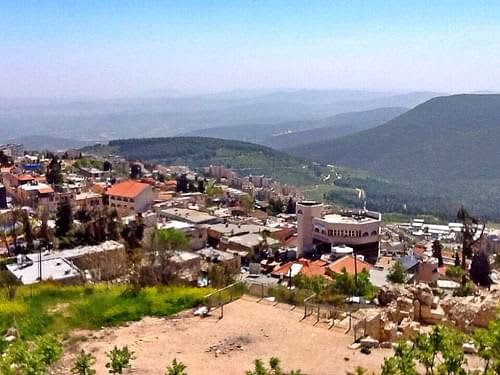
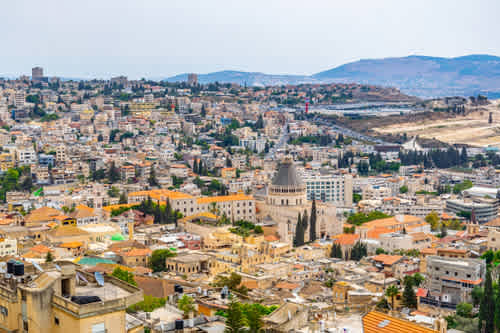



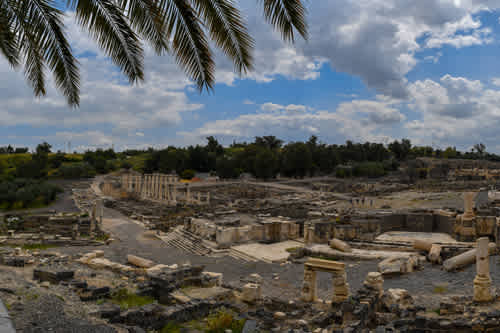


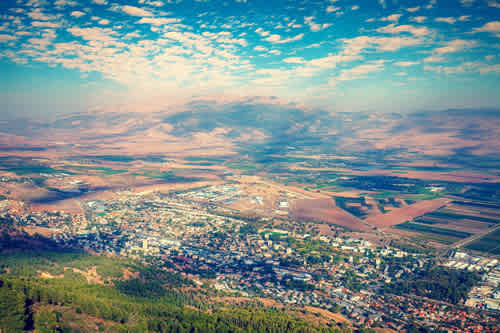
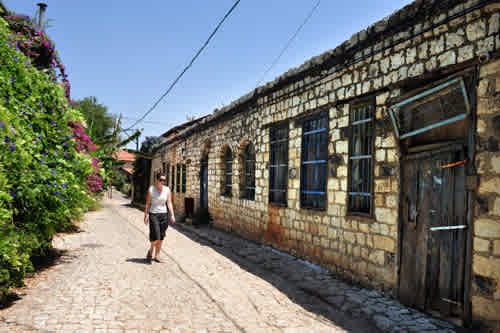

 Travel Perks
Travel Perks